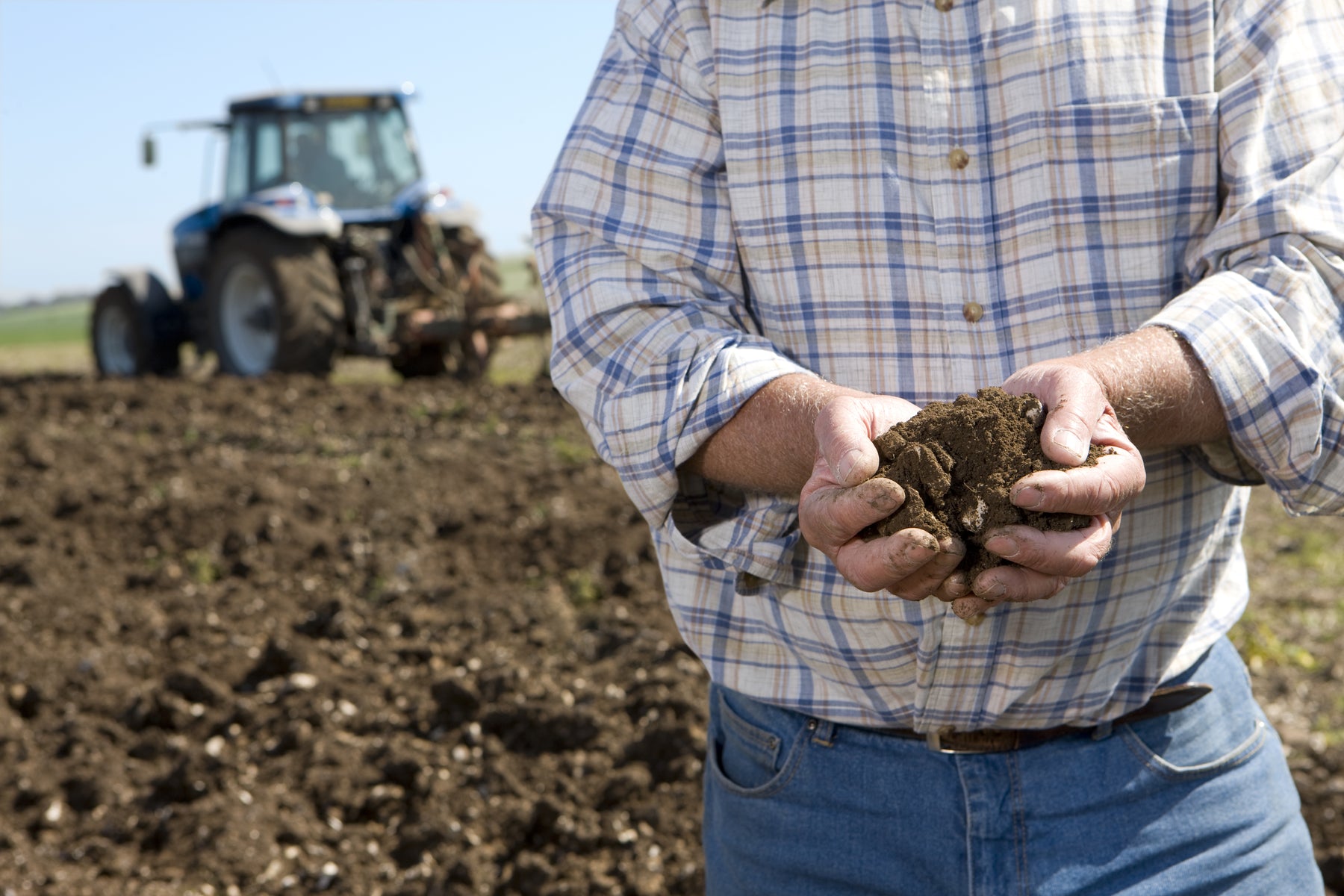
What is the best microscope for viewing soil biology in a compost tea?
Viewing the density and diversity of microbes when compost tea brewing is necessary to assess the quality of the product and that it is safe to apply to plants.

Stage
The stage holds the sample slide you wish to view. The best microscope will have a mechanical stage with adjusters that allow the operator to effortlessly move the slide multidirectionally making assessments easier.
Resolution
Resolution, being able to view the sample clearly, comes from a combination of the quality of the lenses in the microscope and the operator’s ability to manage the light sources for optimum viewing for that specific sample.
Light Source
The best microscope will use an LED light source to provide a brighter ‘cleaner’ light than halogen.
Condenser
The condenser is used to focus the light from the light source into a strong beam. An analogy is that it is a bit like a multi-functioning torch. You can use it with a broad beam of light, or you can use the same amount of light focussed into a brighter but narrower beam. The latter aids clear viewing of samples, an important attribute when viewing soil biology in a compost tea.
Iris diaphragm
The iris diaphragm is used for focussing at different depths of field, an important aspect of assessing compost tea. The distance between the top of the slide and bottom of the coverslip is approximately 15 microns. A bacterium is around 1 micron. If you think of yourself as being the size of one bacterium, then with a depth equivalent to fifteen of you stacked high, it is easy to imagine there is a lot of room for microbes to move. When you are at one depth, you may not be visible when someone is focussing on a different depth. The iris diaphragm is used to focus the light and increase the contrast with surrounding materials in order to see microbes at various depths within the sample.
The compost tea microbes we are looking for are mainly transparent so by having light come up and travel through them we are trying to ‘shadow’ them. Imagine someone in a nylon tent - with a weak light we may be able to make out there is something there because of blurry movement, but with a strong focussed beam we can make out the features to be able to tell it is a person. We identify the microbes using morphology - shape, size, and movement. The best microscope will make these as clear as possible to aid identification.
Objectives
The objectives create the image, control the magnification, and affect the clarity of the image. Achromatic objectives produce clear images from the centre of the field of view with some blurring occurring as you move to the outer edges of the field. The best microscope objectives are those that allow most of the field of view to be in focus. Achromatic and semi-plan objectives are acceptable for soil sampling. Par focal objectives mean that by focussing correctly using the lowest objective (4X), the 40X objective can be swung into place with minimal refocussing. This means you can more quickly switch between magnifications to identify faster moving organisms.
Optico ZSX-107T Soil Biology Microscope
The XSZ-107T microscope not only exceeds the minimum specifications needed for viewing soil biology from compost tea brewing with ease and comfort but also provides numerous advantages mentioned above.

This microscope meets and exceeds the specifications recommended by Dr Elaine Ingram for soil microbiology using The Soil Food Web program.
Specifications:
-
Viewing Head: Sliding Trinocular Head
-
Eyepieces: Wide Field Eyepiece WF10×/18
-
Objectives: Achromatic 4×, 10×, 20x, 40×
-
Nosepiece: Quadruple Nosepiece
-
Stage: Double Layers Mechanical Stage 140X140mm/ 75X50mm
-
Condenser: Abbe NA1.25 with Iris Diaphragm up & down
-
Focusing System: Coaxial Coarse and Fine Adjustment
-
Illumination: LED Illumination, Brightness Adjustable
-
Aluminium Carrycase now available as an optional accessory
